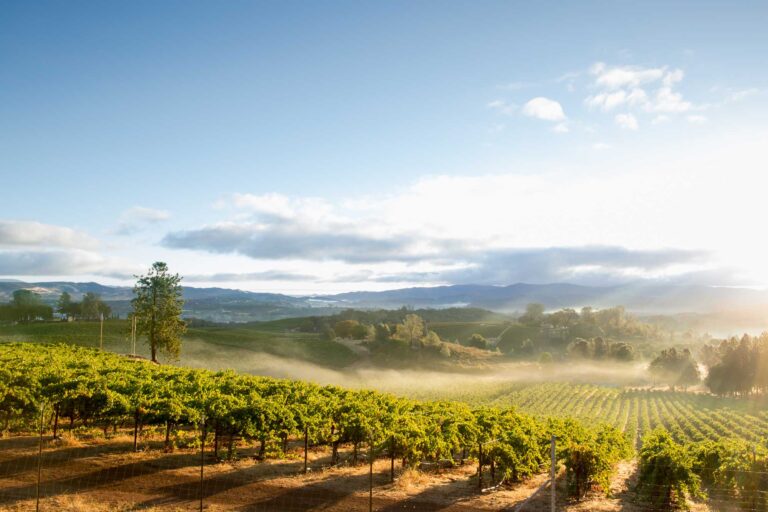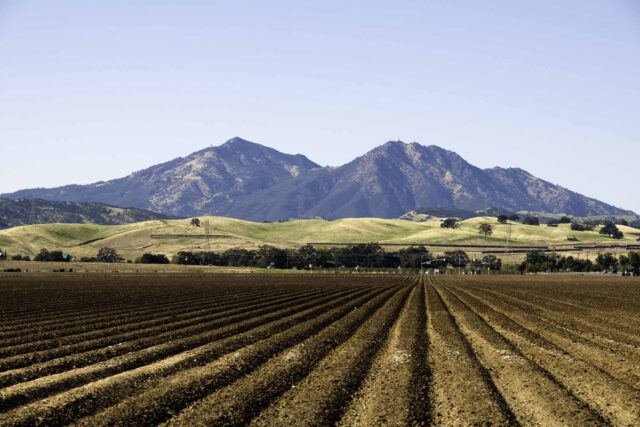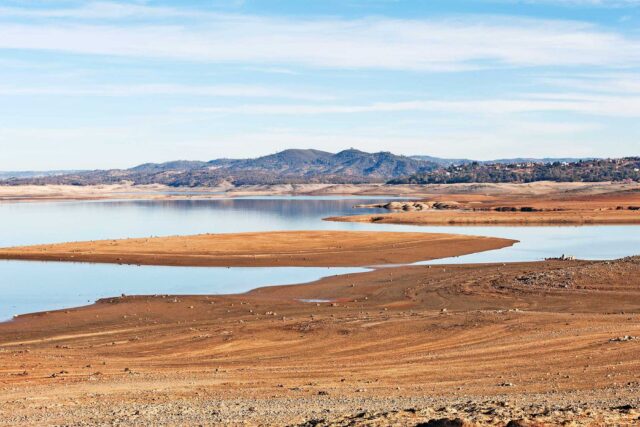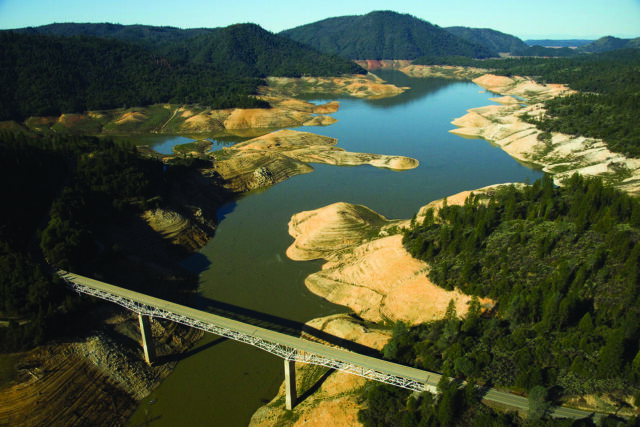California’s agricultural sector is the nation’s largest, generating more than $50 billion in annual revenue and employing more than 420,000 people. But water supply has always been an issue in the drought-prone state, and that’s growing more pressing with the warming, increasingly volatile climate.
“Although farmers have steadily improved productivity, water is an enduring concern….Chronic overpumping has dried up wells and damaged infrastructure,” noted PPIC Water Policy Center senior fellow Alvar Escriva-Bou at a virtual event last week.
Escriva-Bou presented new findings from joint research with a team from UC Merced about how the ongoing drought is affecting the state’s farming regions, which suffered $1.1 billion in direct economic costs in 2021. This drought has disproportionately affected the normally wetter northern part of the state, and the trend looks likely to continue: “The 2020 and 2021 water years were the second-driest two-year period on record,” said Escriva-Bou, and conditions in 2022 “are even worsening.”
A panel of experts, moderated by PPIC Water Policy Center associate director Caity Peterson, discussed what the continuing drought means for the state’s farming regions, and what steps could be taken to soften the economic blow and improve the state’s resilience.
Peterson asked the panelists to share how the drought is unfolding in their parts of the state. Eric Limas, general manager of the Lower Tule River and Pixley irrigation districts in the southern San Joaquin Valley, said that the drought has complicated local efforts to comply with the 2014 Sustainable Groundwater Management Act (SGMA). “SGMA was going to be challenging to implement anyways, but when you lay a drought on that, it just became that much more challenging,” he said. “You have landowners dealing with less surface water deliveries as well as restrictions on groundwater use. And at the same time, we’re trying to protect the disadvantaged communities in our area.”
Nicole Montna Van Vleck, president and CEO of Montna Farms, concurred. “It’s going to have devastating impacts,” she said. “We’ve never had this little surface water in the Sacramento Valley….We’re worried about the thousands of jobs that will be lost, and the hundreds of suppliers….Those [impacts] trickle down.”
The drought isn’t just impacting agriculture: maintaining safe drinking water for small communities in the San Joaquin Valley is an ongoing issue, said Maria Gallegos Herrera, Central California regional director of external affairs for the Office of Governor Newsom. “This drought is really taking a toll on communities that were already challenged to provide safe and reliable drinking water,” she said, particularly for areas that rely on private, domestic, shallow wells. In the San Joaquin Valley alone, some 1,000 households are currently relying on emergency water.
But there have been improvements since the last drought, Herrera said. In the last drought, there were even more dry wells—a majority of them in the San Joaquin Valley—and that crisis triggered an unprecedented state response for those served by small water systems. The state is now better prepared to respond quickly to immediate needs, she says.
The drought is also affecting habitat—and in some cases, fallowing lands will have implications for wildlife. In the Sacramento Valley, Van Vleck said rice fields have been used as “a surrogate wetland. We’ve provided up to 300,000 acres of flooded winter habitat for ducks and geese on the Pacific Flyway.”
What can build the state’s resilience in the face of ongoing drought? The participants agreed that taking better advantage of wet years is essential. “Capturing floodwater and excess flows…for recharge is absolutely imperative to avoid devastation to our ag industry,” said Limas. “The governor’s office can take the lead on that and work with the Central Valley Project on the federal side to make some changes.” Limas’s districts have also been implementing innovative efforts to sustainably manage groundwater demand, including an allocation system, a program that incentivizes fallowing, and even some local trading of groundwater credits.
Herrera also emphasized the importance of all Californians working to manage water more wisely. “We have to change how we use water,” said Herrera, and Van Vleck agreed with her. “How do we coordinate our water deliveries so that people, fish, farms, and our environment all have the water they need? I would push for our federal and state leaders to find a new way forward.”
We invite you to watch the event video.





